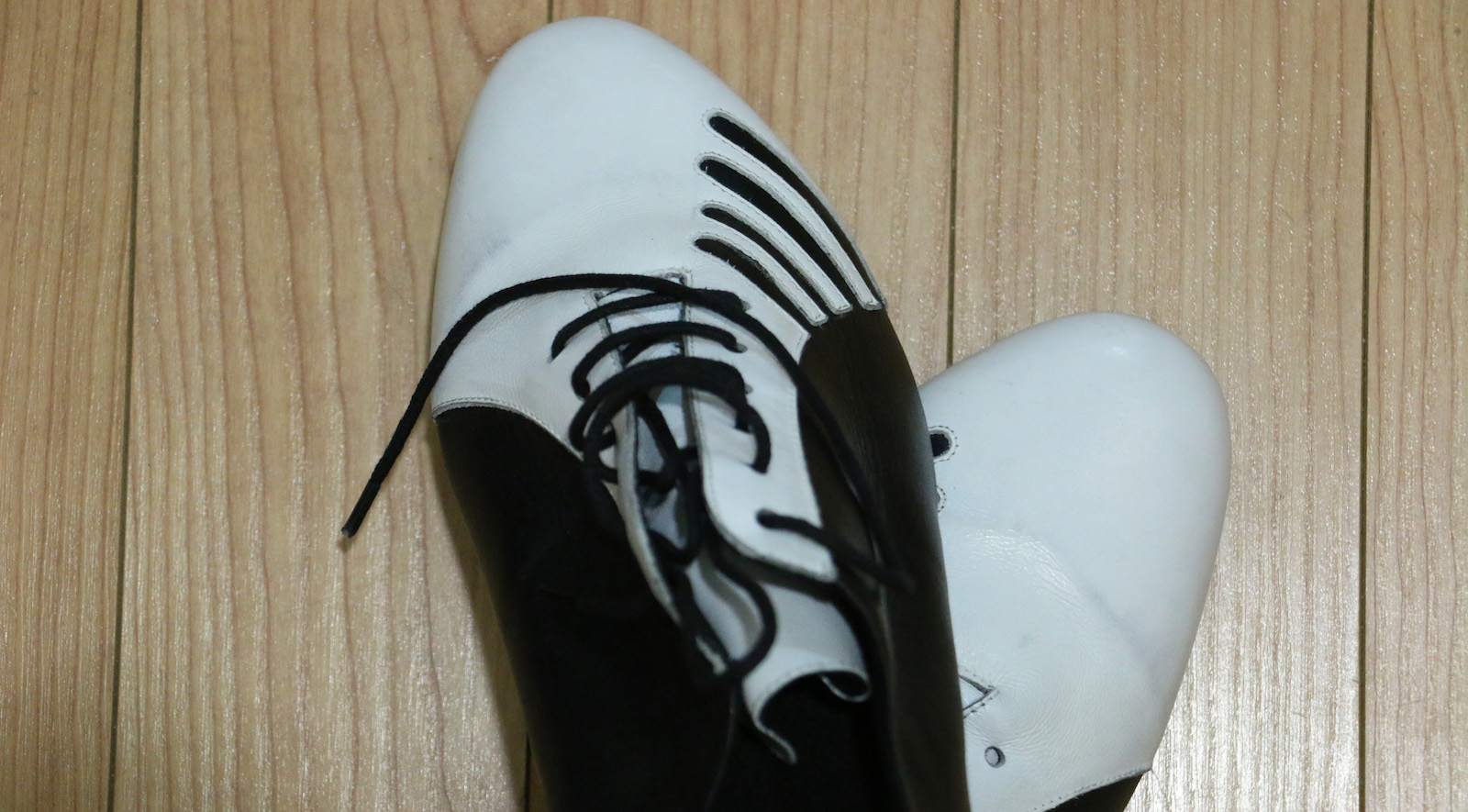The word ‘maestro‘ in spanish tends towards meaning a ‘master teacher‘. In english we tend towards removing the word ‘master‘ from that definition and end up with ‘teacher’. Nothing could be further from a bastardization than that.
Let’s back up a bit and get a bit personal. When my students call me ‘Maestro‘, I immediately correct them and refer to myself as a ‘teacher‘ and a barely competent one at that. I advise them that I have only been dancing for 10 years and teaching for 8 (9 if you count my first workshops in Boise, ID. And then private classes in San Francisco and then later on Portland, OR. while I was making up my mind), and in many eyes in the Tango world I am a baby that’s still wet behind the ears just learned how pee straight! They giggle at this, but it’s the truth. I am a baby. I admit this freely and openly. I am not a ‘Maestro’ by any stretch of the imagination. Nor do I respond to being one, ever. In 40 or 50 years, maybe. Now ? Hahahahaha, NOT! At best I happen to have spent the better portion of the last 10 years devoted to the study, dance, application, and understanding how to educate you into being a better dancer. Does this make me a ‘Maestro‘ ? No. What it does do is give me a certain license to investigate, then describe, then discover, pull apart, put back together, investigate deeper, and then try to figure out how X, Y, and Z is accomplished within a given framework. Now comes the hard part…explaining that to you via 7 different modalities, and in any one of 11 different types of learning modes so that you get it and are able to replicate it, fully grok it, and then are able to pull it off with ease. Does that make me a ‘Maestro‘ ? No. Not by a long shot.
Yes this process gives me a greater perspective than you, I can turn an idea inside out, upside down, invert it, mirror it, revert it, and then apply it here and there on a whim… it is a freedom to play, and then to explore, and then to arrive at some layer of mastery over the form. But it does not by any stretch of the imagination mean that I am ‘Maestro‘ in the typical sense of the word the way that you mean it when you say it.
So what is a ‘Maestro‘ ?
In it’s simplest explanation, this is a person who has the ability to do all of the above plus – the ability to execute with perfect clarity every, single, time. This doesn’t happen over night but in fact over many, many, many years … decades in fact. Where you can turn this stuff on and off like a switch without thinking about it while at the same time adding perfectly executed nuance and subtly. While I can do those things as well…a ‘Maestro‘ executes it with far greater skill and a deftness of nuance that in my 10 years I can not hope to achieve. I bow to a greater power than myself.
The Fact of the Matter.
There are lots and lots and lots of Tango Teachers in the world. Some of them are desirable. Some of them are…ummm…hacks at best, doling out barely understood information and oft repeated phrases that they think are helping their students but truly isn’t.
However, there are very few ‘Maestros‘ in the world.
I’ll give you an example of what I mean.
Comparing me (as a teacher) is one thing to someone like Chicho. But putting me on a stage next to Chicho is very obvious. He’ll wipe the floor with me. 😉 That’s a ‘Maestro‘. Going a little deeper with Chicho for just one second, here’s a guy that repeatedly (in nearly every performance) will go off-beat because he can, and executes it with deft clarity that a.) you see it. and b.) you’re amazed by its execution! and here’s the kicker, you actually have to stop and say…’holy frak! that was off-beat!’. Whereas I ? I understand off-beat, I can execute off-beat, and I can dance off-beat if I want to, however…to throw it in there as an off-the-cuff execution ? Hahahahhahahahahaha!
Still another is that Horacio Godoy will regularly play with Tango Sincopa in a very tradition sense of the word, and then what is called ‘pitter-patter’ to emphasize the Sincopa that’s happening in the music. Me ? I can hear the sincopa. I can hit the sincopa when I want to. I can hit patter any time I want. I can even plan it out because I know the song. Horacio ? Good christ! He’ll do all that AND then add a double time and then a half-time on top of it because he can without even thinking about it in Milonga. That my friends is a ‘Maestro’. I am a teacher. Those are ‘Maestros’. Never confuse the two.

